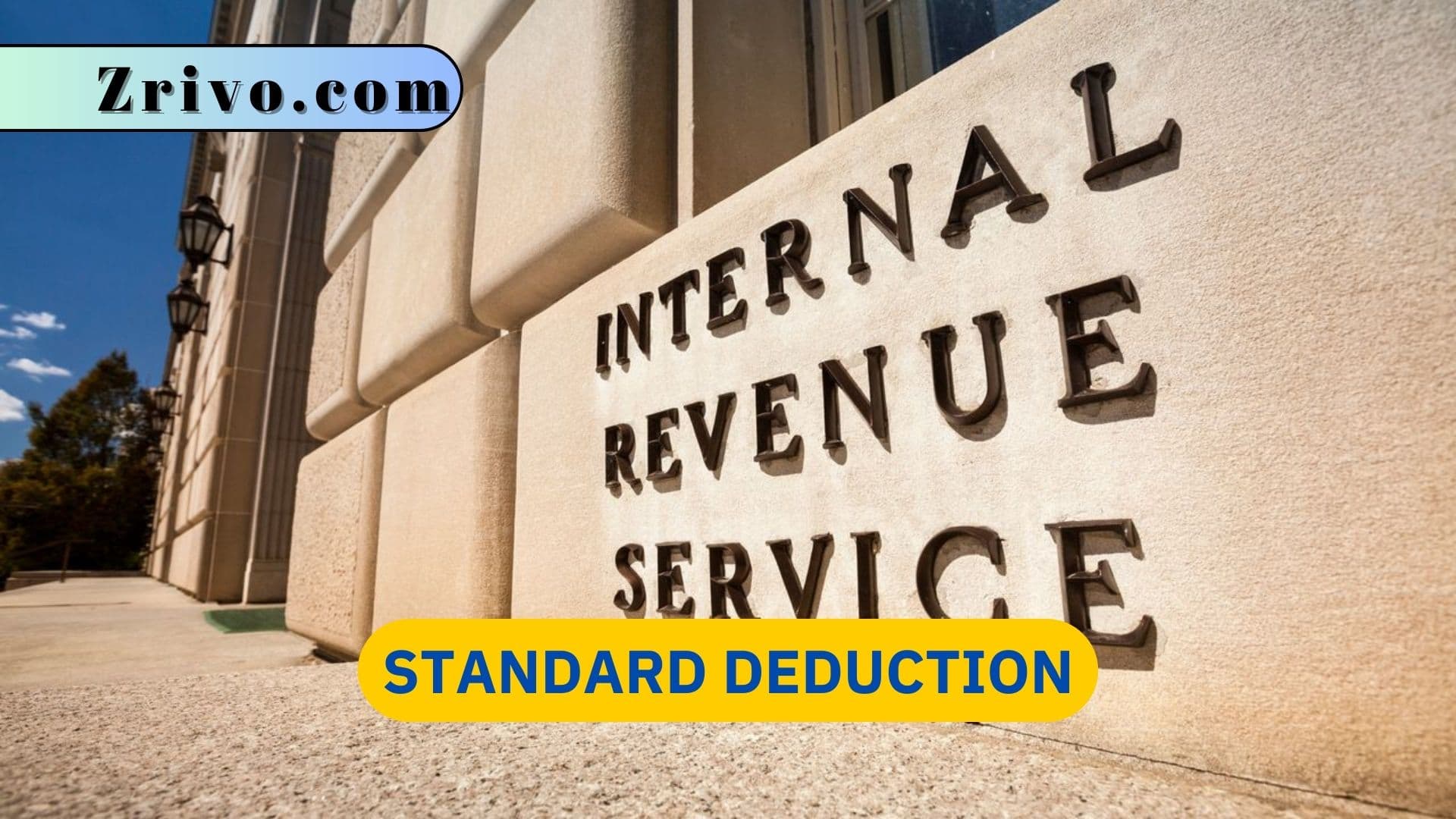
When it comes to preparing your tax return, understanding deductions is crucial. One significant deduction available to taxpayers is the Standard Deduction. The standard deduction is a fixed amount that reduces your taxable income, simplifying the tax filing process for millions of individuals and families. This article will tell you more about standard deductions, explore who can claim them, and provide tips on how to maximize their benefits. Whether you’re a salaried employee, a self-employed professional, or a freelancer, understanding the standard deduction can potentially save you money and streamline your tax obligations.
What is the Standard Deduction?
The Standard Deduction is an amount set by the tax law that taxpayers can subtract from their total income to arrive at their taxable income. It serves as an alternative to itemizing deductions, which requires meticulously tracking and reporting individual expenses such as mortgage interest, medical costs, and charitable contributions. Individuals can simplify their tax filing process by opting for the standard deduction and potentially reduce their tax liability.

Who Can Claim the Standard Deduction?
The standard deduction is available to all taxpayers, regardless of their filing status. It is particularly beneficial for individuals or families who don’t have significant itemized deductions to claim. Whether you are single, married filing jointly, head of household, or a qualifying widow(er) with dependents, you have the option to take advantage of the standard deduction. However, you cannot claim the standard deduction if you choose to itemize deductions.
Standard Deduction for 2024
The standard deduction amounts are subject to change each tax year. It is crucial to stay updated with the latest figures released by the IRS. For the tax year 2024 (returns filed in 2025), the standard deduction amounts are as follows:
- Single filers and married individuals filing separately: $13,850
- Married individuals filing jointly and qualifying widow(er)s: $27,700
- Head of household: $20,700
These amounts provide a baseline for taxpayers but keep in mind that they may change annually due to adjustments for inflation and legislative changes. It is wise to consult the most recent IRS guidelines or a tax professional for accurate information regarding the standard deduction for a specific tax year.

Standard Deduction Table for 2024
| Filing Status | Standard Deduction Amount |
| Single | $13,850 |
| Married Filing Jointly | $27,700 |
| Married Filing Separately | $13,850 |
| Head of Household | $20,700 |
| Qualifying Widow(er) with Dependent | $27,700 |
How to Maximize the Benefits of Standard Deductions?
While the standard deduction offers a simplified approach to reducing taxable income, there are several strategies you can employ to maximize its benefits. Consider the following tips to make the most of your standard deduction:
- Assess your potential itemized deductions before deciding whether to claim the standard deduction or itemize. If your total itemized deductions are close to or just below the standard deduction amount, consider strategies to increase them and potentially surpass the standard deduction threshold.
- Consider bundling them in a single tax year if you regularly make charitable donations. By concentrating your contributions into one year, you may exceed the standard deduction threshold and benefit from itemizing deductions.
- For individuals who have control over the timing of certain deductible expenses, such as medical procedures or home renovations, strategically schedule them in a tax year where they can contribute to surpassing the standard deduction threshold.
- Even if you claim the standard deduction, you can still benefit from certain “above-the-line” deductions. These deductions are subtracted before the calculation of the standard deduction, reducing your overall taxable income. Examples include contributions to retirement accounts or self-employment deductions for freelancers.

Standard Deductions for Different Taxpayers
Taxpayers from various professional backgrounds can benefit from the standard deduction. Here’s a breakdown of how individuals with different job types can utilize the standard deduction to their advantage:
- Salaried Employees: Salaried employees who do not have substantial itemized deductions can claim the standard deduction to simplify their tax filing process and potentially reduce their tax liability. Be sure to explore other potential deductions specific to your situation, such as student loan interest deductions or education-related deductions.
- Self-Employed Professionals: Self-employed individuals have additional deductions available to them, such as business expenses, home office deductions, and self-employment taxes. While these deductions may not directly impact the standard deduction, they can lower your overall taxable income, making the standard deduction even more advantageous.
- Freelancers and Gig Workers: Similar to self-employed professionals, freelancers, and gig workers can benefit from business-related deductions and self-employment deductions. Keeping detailed records of business expenses and maximizing deductions will help reduce taxable income, potentially making the standard deduction more valuable.